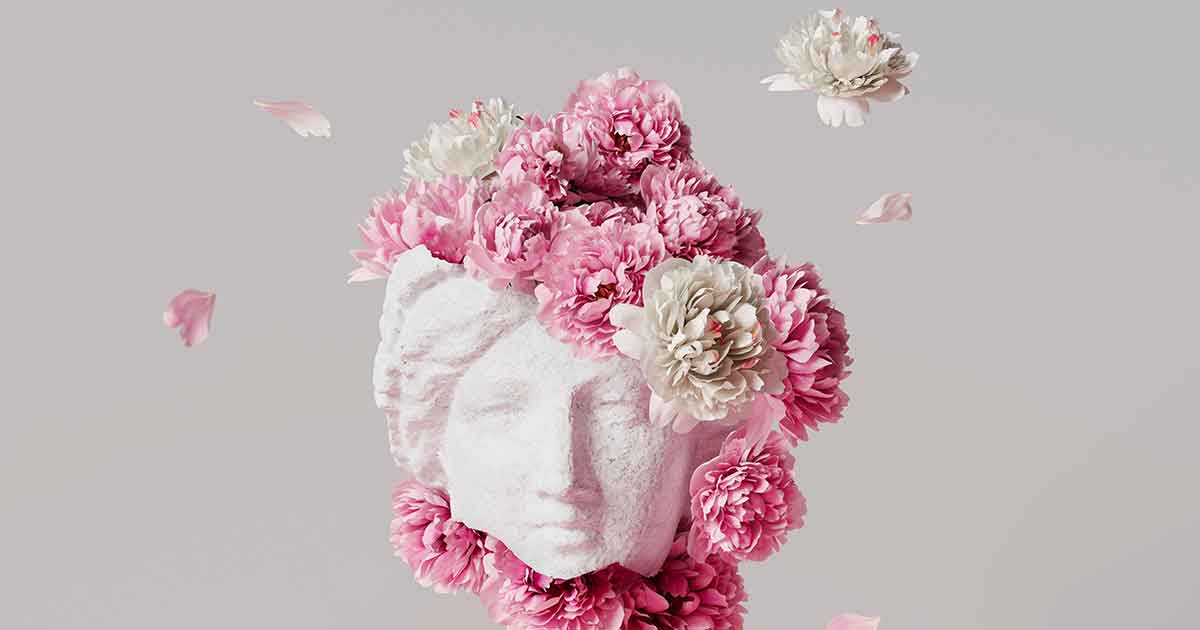Cette publication est également disponible en :
Français
This article was published in partnership with Mane.
Mane does everything possible to continually feed the creativity of its Parisian perfumery team, from introducing new ingredients to encouraging collaboration with other disciplines.
Last April, the eight perfumers at Mane’s Parisian fine perfumery creation centre met at Saint-Eustache Church, where they got to admire the roofs of Paris, listen to an organ concert and soak up the atmosphere with the church steward. Organised as part of a forthcoming creation by the composition house for Etienne de Swardt’s La Seconde Affaire du Pommier, the visit was an opportunity for the team to discover new horizons – and possibly even plant the seeds of ideas that will flourish and grow into future compositions. The perfumers are constantly juggling different projects and need to always keep their creativity flowing. To help them in this arduous task, Mane has more than one string to its bow.
A perfumer’s fantasy
Raw materials are one of the main sources of inspiration for perfumers. Their palette is constantly being enriched with natural ingredients, new extractions and synthetic molecules, helping them to come up with never-before-smelled combinations. The perfumers are very much involved in the development of these innovations, particularly via Véronique Nyberg, vice president of Fine Fragrance Creation, who sits on the company’s scientific committee. “As incredible as it sounds, we still manage to find interesting natural ingredients to extract, ones we weren’t already using. It’s something we all fantasise about as perfumers,” says Violaine Collas enthusiastically. For the past three years, the four corners resinoid, extracted from a Cameroonian fruit, has been offering up its highly unusual rum and banana flambée facets. New supply sources can also bring a different quality to a material already in use. Gayo patchouli, named after the mountain where it grows in northern Sumatra, Indonesia, is distinguished by its fresh, gourmand facets, which give compositions a different nuance compared to a classic patchouli. New extraction techniques also stimulate the perfumers’ creativity: jungle essence, the in-house name for supercritical fluid extracts, has an unrivalled degree of realism, while E-Pure Jungle essence, enfleurage 2.0, closely mirrors flowers. “E-Pure Jasmine Grandiflorum smells like the bush in my garden, which was not the case with the absolute until now: this opens up new perspectives for us,” explains Violaine Collas. Thanks to the efforts of the research and development department, new molecules are also created every year, further extending the perfumers’ palette with original nuances. “In Bubble Bath, which I created for Maison Margiela’s Replica collection, I used Noreenal for its soapy, clean aspect; it’s more modern, more focused on pleasure and less harsh than C12 aldehyde, as well as less citrussy than C9,” continues the perfumer.
Throughout the creative process, the perfumers are also supported by the various departments at the composition house, including the marketing team. “When we receive a brief for a new project, it’s up to us to translate it, to put it into olfactory form,” explains Olivier Bachelet, Fine Fragrance Marketing Director. The marketing team’s in-depth knowledge of the brand universes mean it can nurture and guide the perfumers’ creativity to respond to the brief in the most relevant way possible. “Ahead of the projects, the team is also in charge of detecting the trends emerging in every field so we bring out new ideas, both conceptual and olfactory, and then submit them to the brands,” says Olivier Bachelet.
Emulation
More generally, the work of fine fragrance perfumers, often seen as solitary, is marked by plenty of interactions with colleagues, other departments – such as flavours or functional perfumery – and other services, like evaluation or sales. “Mane has something of a specific feature, probably facilitated by the fact that we’re a human-sized organisation: a very strong culture of emulation, which has been built up over time and has become almost a way of life,” points out Olivier Bachelet. These interactions take the form of cross-disciplinary presentations all teams are invited to or more informal discussions. “We pool our expertise, so it’s nothing like companies where operations are totally compartmentalised; but we also share ideas or information on various platforms: a restaurant that has just opened and that someone has tested, an article on a designer that someone else found interesting, and so on,” says the marketing director. “This constant dialogue really is precious and contributes hugely to our inspiration,” adds Violaine Collas.
Finally, the creativity of the perfumers is nourished by more occasional meetings with external speakers or visits such as the one organised at Saint-Eustache Church, all part of a resolutely multidisciplinary approach. They have a close and very natural rapport with certain fields, while interviews with perfume plant growers, botanists and mixologists are organised on a regular basis. But other disciplines further removed from the world of perfume can also prove to be rich sources of learning and stimulate perfumers’ imagination. “Even when we don’t talk about scents, we find a common language as soon as there’s a creative process at play, whether we’re in a leather workshop or gilding studio,” stresses Violaine Collas. “Opening up to other fields is always enriching. Those sorts of meetings have been less easy to organise since the beginning of the epidemic, but I’m pretty sure we’re all anxious for them to start up again!”








Comments